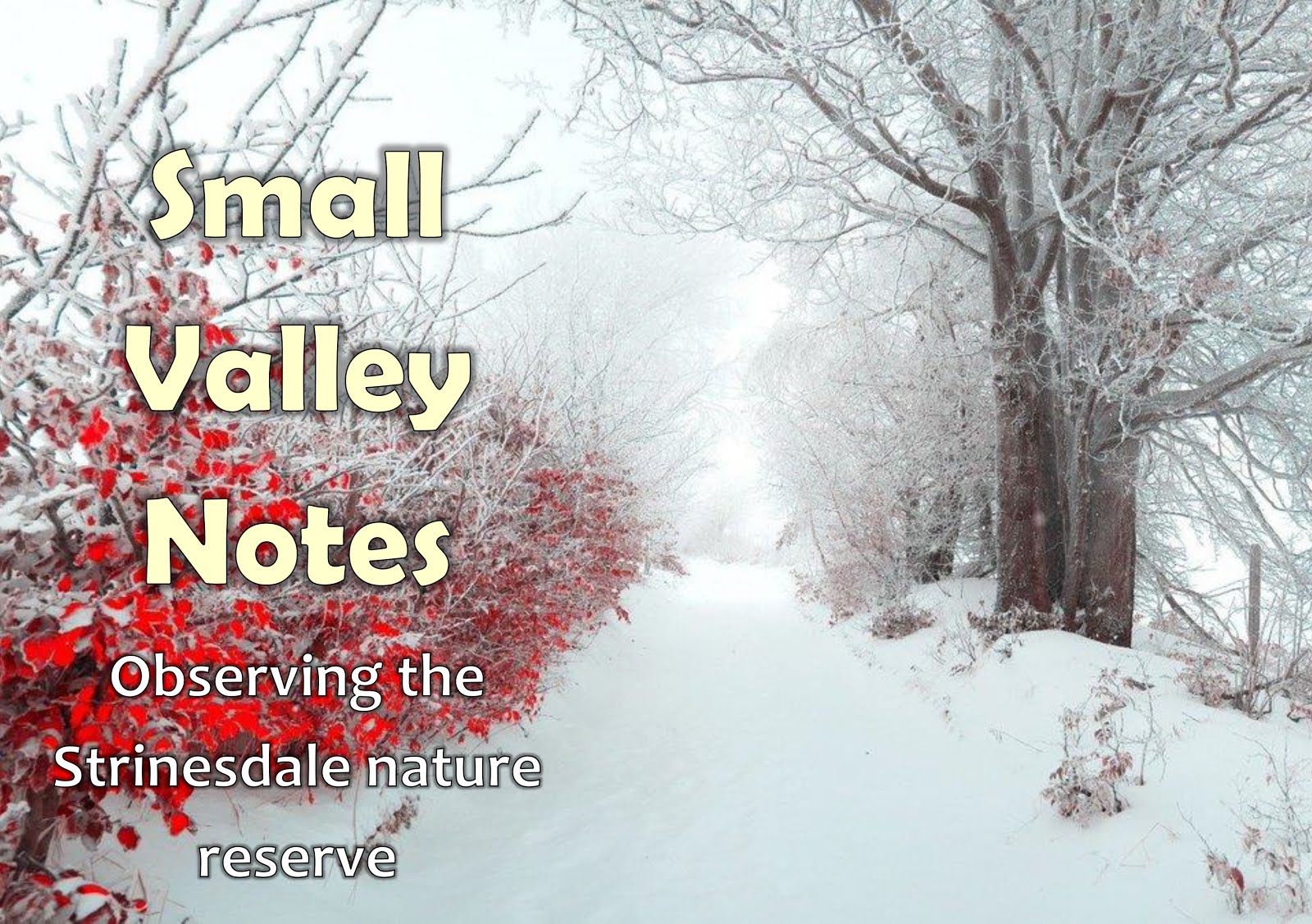 |
| Field Maple |
It is generally acknowledged that butterfly numbers are in decline and it has been quite an event this year to see a Red Admiral or a Small Tortoiseshell. Few and far between have been Comma butterflies. These are of a deep orange colour, their scalloped wing edges giving the impression that they have been produced by means of origami, as if cut from a folded piece of paper which is then opened out flat. The name Comma comes from a white marking on the hind wing, and I am always pleased to see one. Imagine my surprise when, on a recent glorious afternoon in the wildlife area at Strinesdale upper reservoir I moved towards a fine colony of Michaelmas daisies to see upwards of two dozen Commas flitting about on the pale blue flowers. ‘The singularly jagged outline of this butterfly at once distinguishes it from every other native species’ says Colman’s Book of British Butterflies (1895).
Yesterday I visited Castleshaw reservoirs at Delph. As I drove along the lane to the car park it was noticeable that a large number of thrushes adorned the telephone wires overhead. A sure sign of Autumn — visiting birds from the harsher climes of Scandinavia. A few had settled on a fence and, when disturbed, transferred to a stilted and windblasted Hawthorn tree laden with ripe fruit. The soft greys and browns of their plumage identified them as Fieldfares; thrushes that had crossed the North Sea to reach winter sustenance.
The extensive sky above the reservoirs looked wonderful — a vast canvas of assorted greys streaked with white. The lower reservoir was being lashed by part of storm Callum and a Heron shot upwards before veering off at a wild angle. A kestrel somehow hovered into the gale and on the far bank a group of Cormorants stood braced against the wind, all facing in the same direction like football supporters during a slow game. The water level is still low, with a margin of exposed mud at the edge. Small flocks of Lapwings were pecking at this, looking supremely elegant in the soft light with plumage of a muted jade green.
The handsome conical tree in front of the Church is a Field Maple, the timber of which was once greatly valued by craftsmen. A gentleman writer called John Evelyn published a book on trees in 1664 in which he summed up Maple wood’s qualities:– ‘For all uses of the turner, who seeks it for dishes, cups, trays, trenchers, etc., as for the joiner for tables, inlaying, and for the delicateness of the grain, when the knurs and nodosities are rarely diapered, (i.e. intricately patterned GL) which does much to advance its price.’






